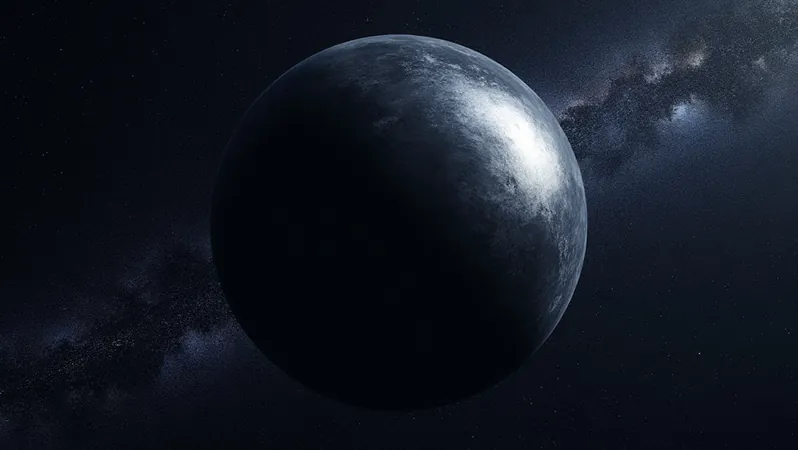
Are We on the Verge of Discovering Dyson Spheres? WISE's Bold Search for Advanced Extraterrestrial Structures
2024-10-01
In an exciting development in the search for extraterrestrial life, the Wide-field Infrared Survey Explorer (WISE) recently released an extensive all-sky catalog containing 500 million mid-infrared (IR) objects. This treasure trove of data has ignited speculation about the possibility of detecting gigantic structures built by advanced civilizations designed to harness energy from their stars, commonly referred to as Dyson spheres or technostructures.
These hypothetical megastructures could efficiently convert a significant portion of a star's luminosity into usable energy, producing detectable waste heat at mid-IR wavelengths. However, the quest to identify such potential technosignatures among millions of stars detected by Gaia— the European Space Agency’s star-mapping satellite— poses substantial challenges. Researchers face noise resulting from the sheer volume of data and potential confusion arising from emissions from distant dusty galaxies that can distort results.
A new paper published in the Monthly Notices of the Royal Astronomical Society (MNRAS) claims to have identified seven potential Dyson structures. Still, a recent rebuttal on arXiv raises important questions about the reliability of these findings. Notably, the interfering signals from galaxies could obscure genuine technosignatures, making it difficult to discern real evidence of intelligent life constructs.
Digging deeper, experts are considering the implications of WISE's discoveries. An analysis leads to stringent limits on the number and longevity of Dyson structures and advanced civilizations within a 600 parsec radius of the Gaia star survey. However, the detectability of these structures remains in question. It is posited that an advanced civilization capable of building a Dyson sphere would also possess technology to conceal its presence from our observations, potentially leading to a diminished signal at optical and near-IR wavelengths.
This intriguing line of inquiry has significant ramifications for the field of astrobiology and the Search for Extraterrestrial Intelligence (SETI), as it urges scientists to reconsider how we detect and interpret evidence of life beyond our planet. As our detection strategies evolve, the prospect of successfully identifying signs of intelligent life, potentially hidden among the stars, becomes more tantalizing than ever.
Could WISE be the key to unveiling the universe's greatest secrets? Only time will tell, but the findings so far suggest we might be closer than we think to discovering the remnants of advanced extraterrestrial civilizations within our own cosmic neighborhood. Stay tuned as these revelations unfold!





 Brasil (PT)
Brasil (PT)
 Canada (EN)
Canada (EN)
 Chile (ES)
Chile (ES)
 España (ES)
España (ES)
 France (FR)
France (FR)
 Hong Kong (EN)
Hong Kong (EN)
 Italia (IT)
Italia (IT)
 日本 (JA)
日本 (JA)
 Magyarország (HU)
Magyarország (HU)
 Norge (NO)
Norge (NO)
 Polska (PL)
Polska (PL)
 Schweiz (DE)
Schweiz (DE)
 Singapore (EN)
Singapore (EN)
 Sverige (SV)
Sverige (SV)
 Suomi (FI)
Suomi (FI)
 Türkiye (TR)
Türkiye (TR)